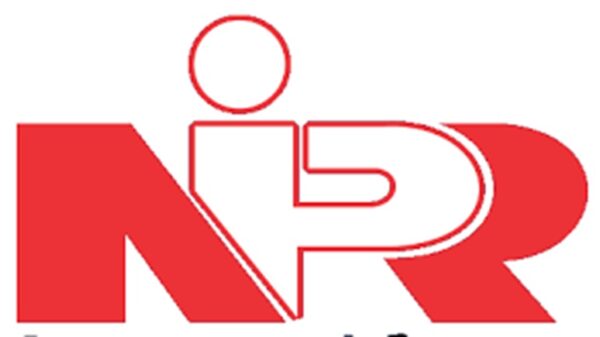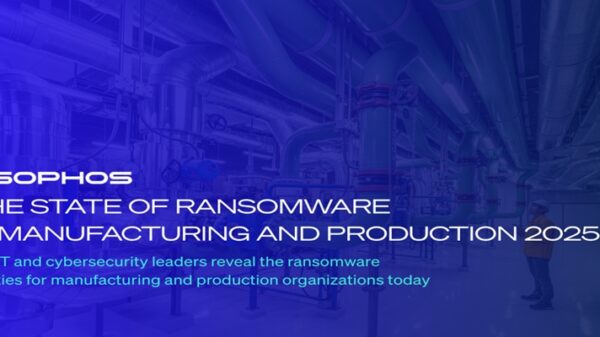Kaspersky researchers have identified the top malware families in Nigeria, South Africa and Kenya as ransomware, financial/banking Trojans and crypto-miner malware.
In a report, Kaspersky researchers said when comparing the first quarter of 2021 with second quarter of 2021, Kaspersky saw a 24 percent increase in ransomware in the second quarter of 2021 in South Africa, as well as an increase of 14 percent in crypto-miner malware.
In Kenya and Nigeria, Kaspersky saw a large increase in financial/banking trojans in the second quarter of 2021 when compared to the figures for the first quarter of 2021 – a 59 percent increase in Kenya and a 32 percent increase in Nigeria.
“While the bulk of attacks are still speculative and randomly targeting individuals and businesses, there is a shift happening with the increase of APTs and more strategically targeted based attacks, said David Emm, principal security researcher at Kaspersky.
He said these use continuous, clandestine, and sophisticated hacking techniques to gain access to a system and remain inside for a prolonged period, with potentially destructive consequences.
“Because of the time and effort required to perpetrate such an attack, these are often levelled at high value targets, such as nation states and large businesses,” added Emm.
Continued Emm; “Take ransomware as an example. In the beginning, it was very random targeting as many people as possible hoping for a relatively small amount of money paid in ransom. During the past five years, there has been a shift with a decline in the number of ransomware families being developed as well as an overall global decline in attacks.
“However, attackers are now focusing on specific companies and individuals where they can get the maximum benefit. The new approach of ransomware is to expose data, negatively impacting the reputation of a company. To this effect, financial crime has become more sophisticated and organised.”
The financial services sector remains a top targeted industry in Africa when it comes to cybercriminal activity and such cyber threats – not surprising when one considers the digital first approach this sector continues to take, driven by the needs and expectations of its customers.
“It is relatively easy for a hacker to target an individual and capture pass codes, one-time passwords, and install malware on their computers to get financial information. Increasingly, this is expanding to financial institutions given the sheer number of new entrants in the market emerging. For hackers, online or cyber fraud offers direct monetisation of an attack and gives them access to money as quickly as possible,” added Emm.
Financial based malware and cyberattacks are also becoming more targeted, complicated, and difficult to prevent, and with digital transformation progressing at a rapid rate within such a sector, there is no shortage of attack surfaces for cybercriminals to exploit.
![]()


























































